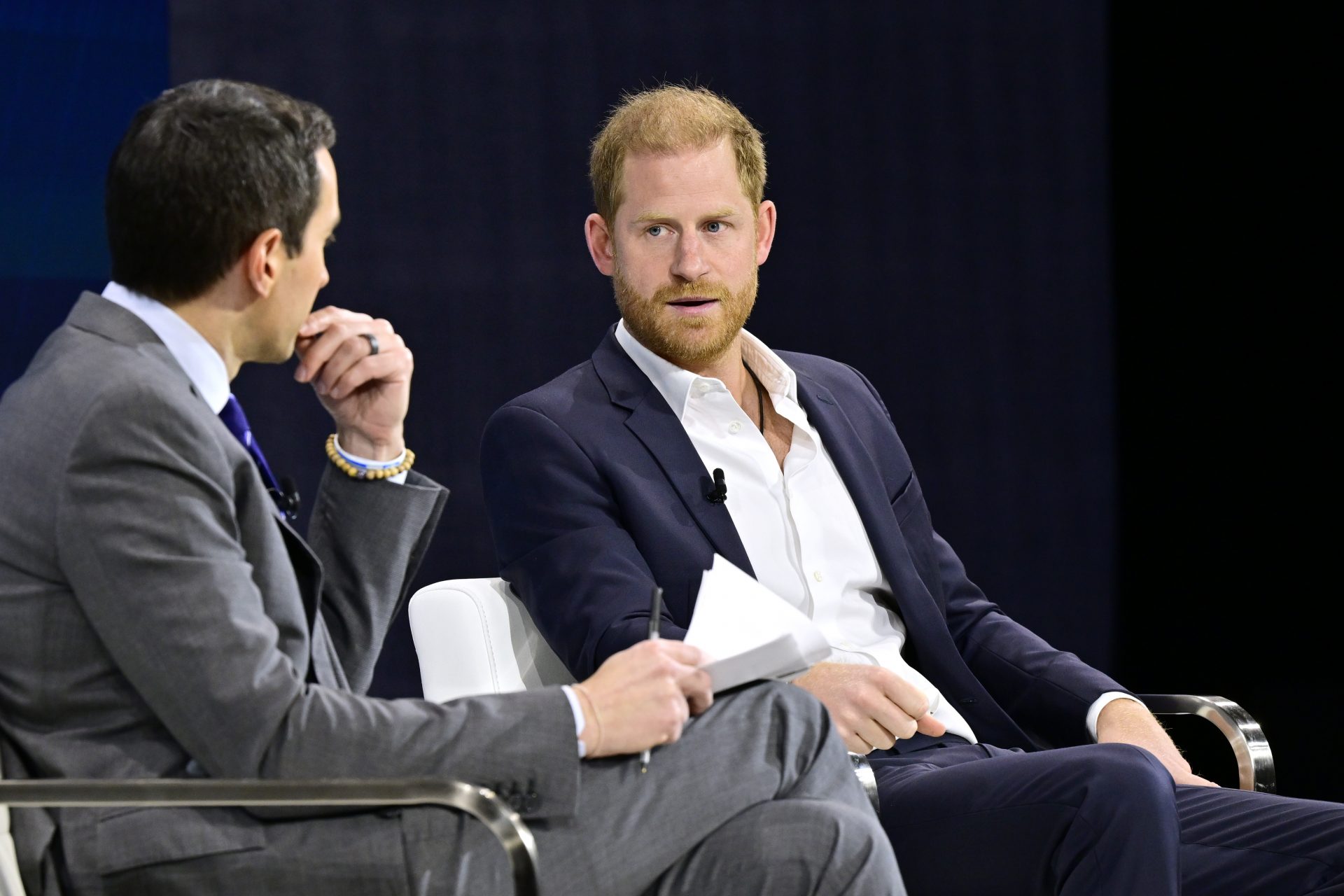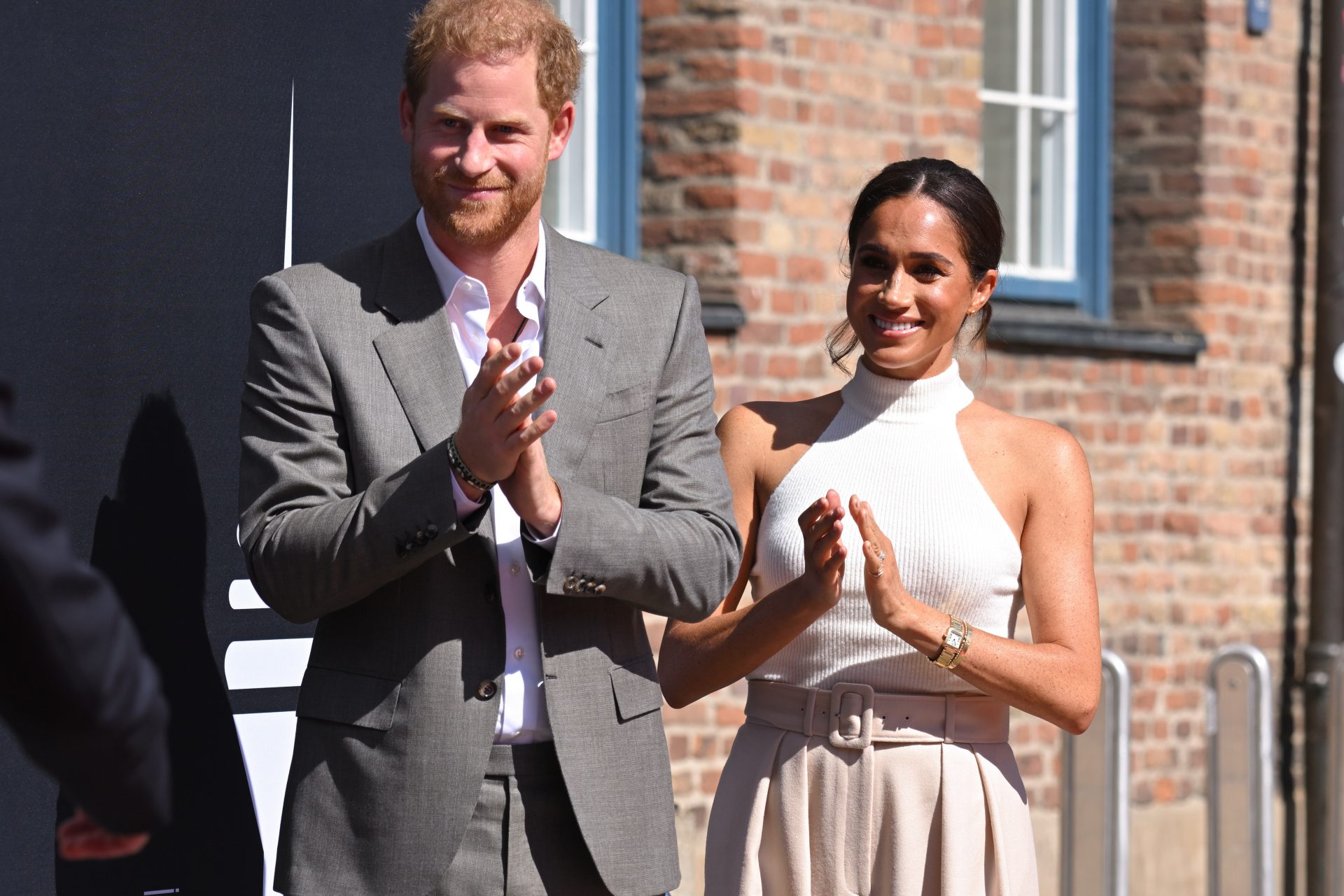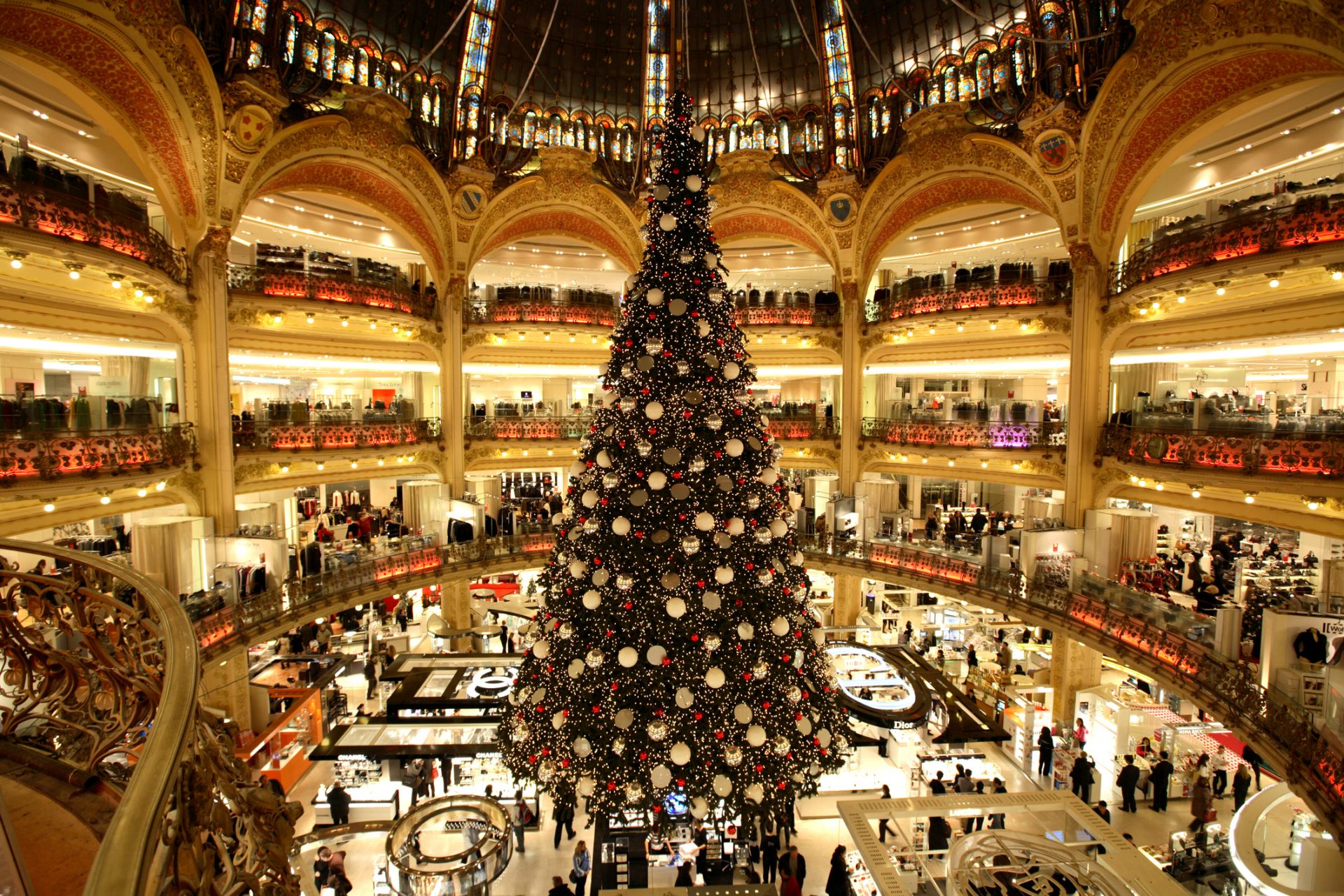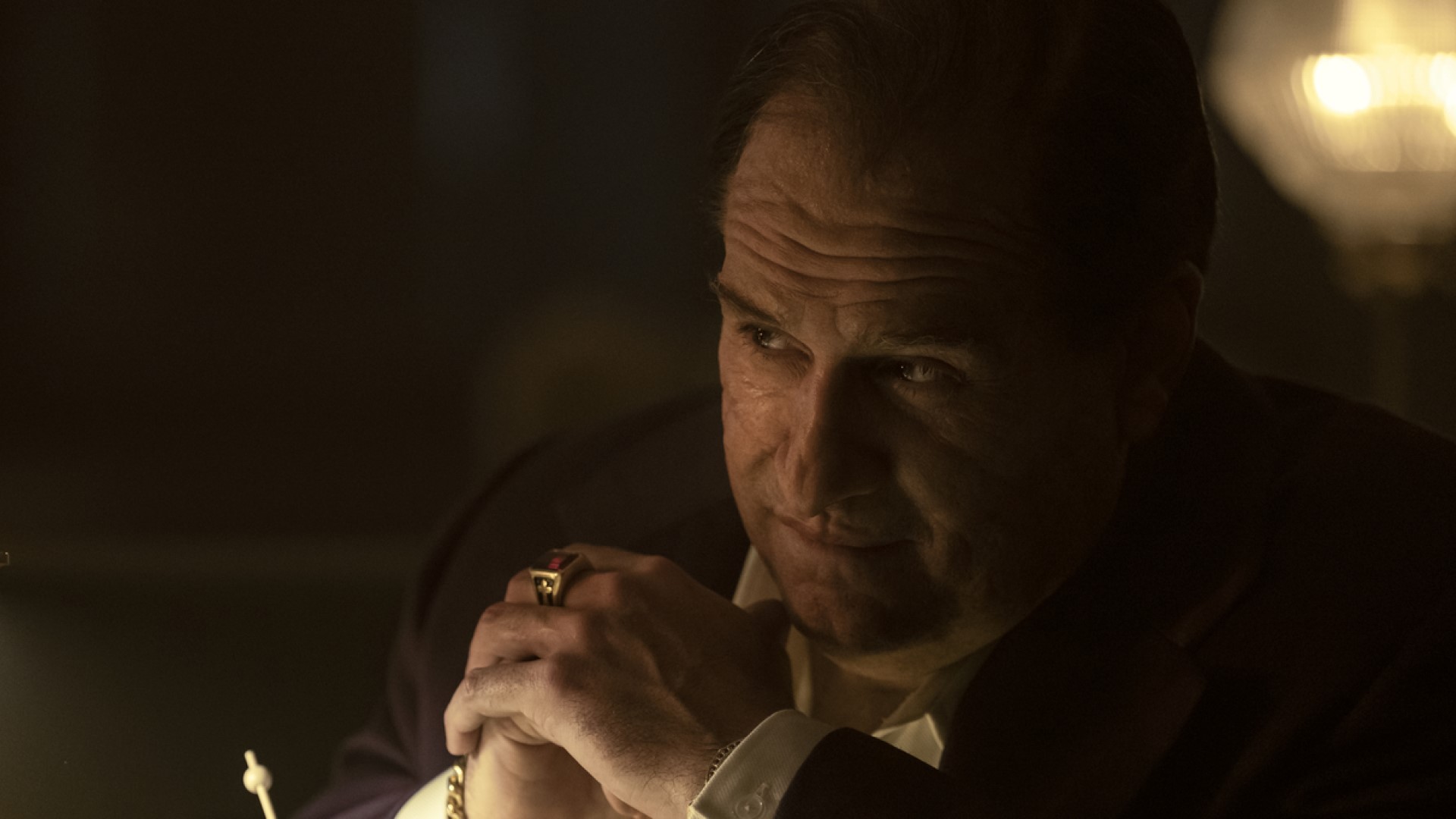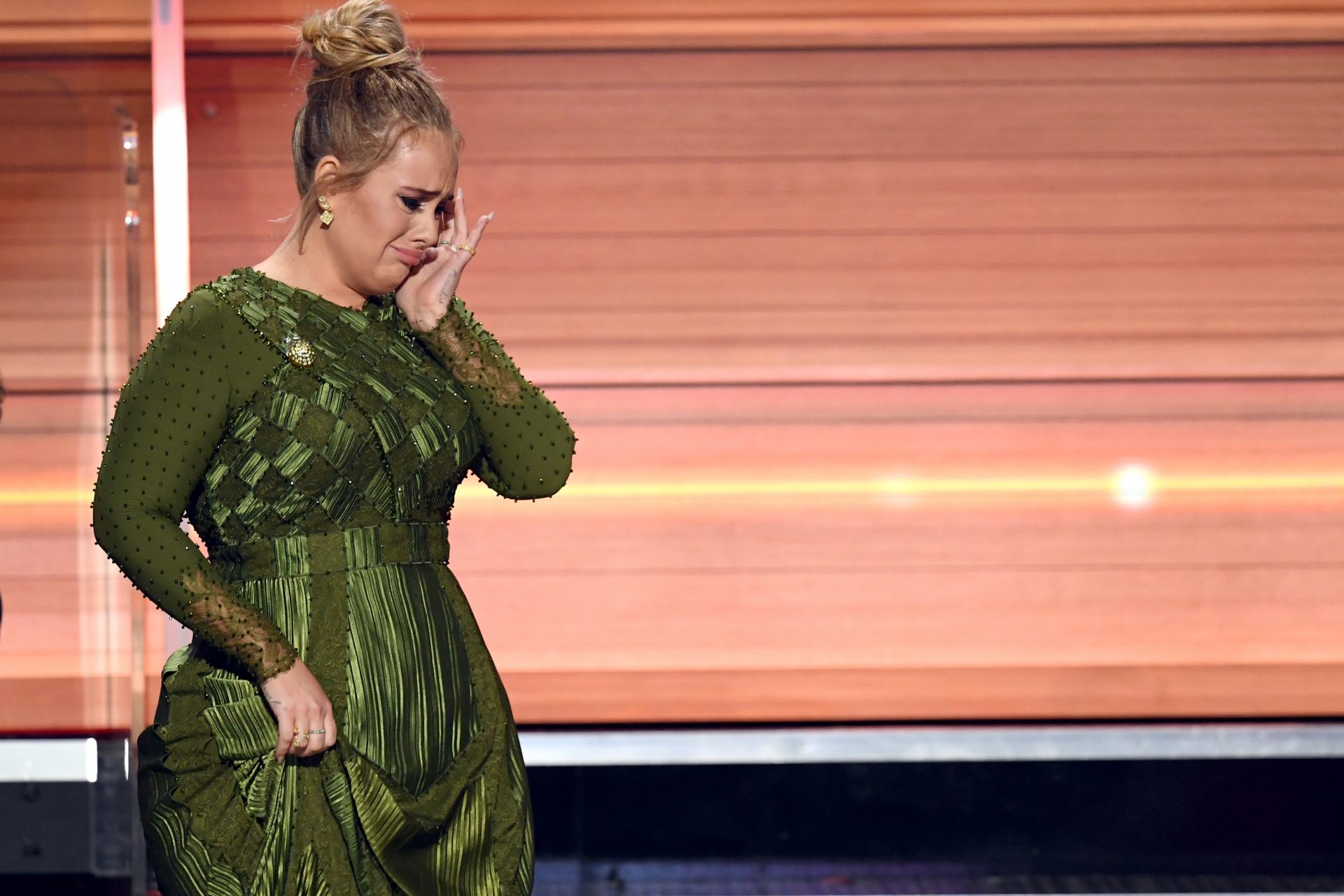How the British royal family got the name Windsor
Windsor is a name that evokes elegance, tradition, and the very definition of aristocracy. However, if things had been different, the United Kingdom might have been ruled by the House of Saxe-Coburg and Gotha.
Let’s go way back to the time when the British Empire was ruled by Queen Victoria, to better explain things.
Queen Victoria was born in the House of Hanover but once she married Albert of Saxe-Coburg and Gotha, her descendants would be part of her husband’s house.
There was actually a small controversy related to this when Queen Elizabeth and Prince Phillip of Mountbatten married a century later.
Elizabeth declared that all her descendants would be Windsor but could adopt the name Mountbatten or a combination of the two if they wished.
However, between Queen Victoria and Queen Elizabeth, when did the Saxe-Coburg and Gotha family became just Windsor?
Well, you have to thank a small thing called World War 1 for that. You see, the House of Saxe-Coburg and Gotha is Germanic in origin.
Specifically, it’s a cadet branch of the House of Wettin, hailing from Saxony and Thuringia.
Image: Roman Kraft / Unsplash
The anti-German sentiment was enormous in Britain during World War 1, so having a Germanic royal family that was cousins with the Kaiser made things uncomfortable, to say the least.
In Russia, Nicholas II had been forced to abdicate, adding a new concern to the crowned heads of Europe.
The Guardian reported that air raids in London with German-made Gotha bombers were the last straw for the British monarchy.
King George V decided in 1917 that changing the family name and severing ties with German nobility was necessary, so he asked his secretary Lord Stamfordham to find a new, quintessentially British name.
Windsor was not a name that came up quickly. As the Daily Mail writes, there were quite a few options on the table.
Names of previous royal houses, such as Plantagenet, Stuart, and Tudor were all suggested but dismissed, particularly since a few of them had unfortunate implications or tragic demises.
According to the UK National Archives, Lord Stamfordham, George V’s private secretary, finally found a fitting name: Windsor, after Windsor Castle, in Berkshire.
Built by William The Conqueror in the 11th century, Windsor Castle is the longest-occupied royal palace in Europe.
George V was delighted by the new name and the House of Windsor was born.
When George V's cousin, Kaiser William II of Germany, heard the news of the name he joked he would go to the theater and catch a performance of 'The Merry Wives of Saxe-Coburg and Gotha'.
Five British monarchs have been part of the House of Windsor: George V and his sons Edward VIII and George VI.
George VI’s oldest daughter, Elizabeth II, became the longest-serving British monarch, ruling for seven decades.
And finally, Charles III, who became king at the age of 73. With William, Prince of Wales, and his children George, Charlotte, and Louis, it’s certain that we’ll see more of the Windsors for many years to come.























